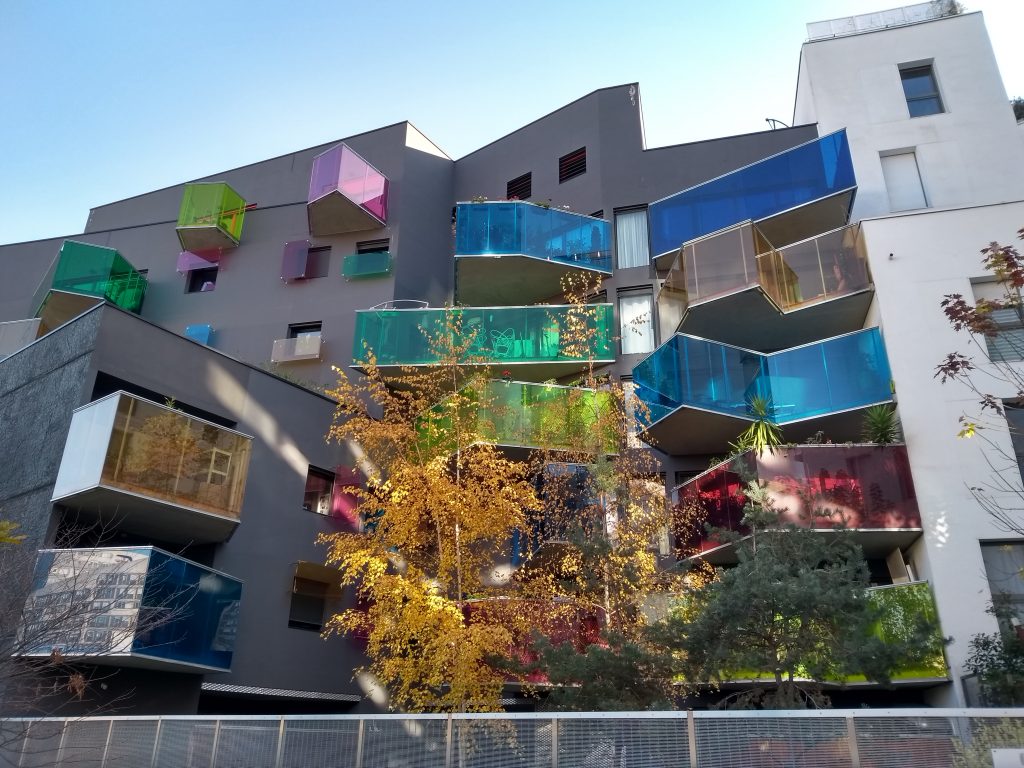Announced in August 2017, the Motorola Moto G5S is a lower mid-range model, slotting in between the Moto G5 and the dual-camera-equipped 5GS Plus in Motorola’s G-line of smartphones. In the camera department, it offers a 16 Mp image sensor coupled with a f/2.0 lens and phase detection autofocus. Images can be framed and viewed on a 5.2-inch LCD display, and Google’s Android operating system is powered by a Qualcomm Snapdragon 430 chipset, all wrapped up in a splash-resistant aluminum body.
Key specifications:
-
16 Mp image sensor
-
f/2.0 aperture lens
-
LED flash
-
1080p video at 30 frames per second
-
5 Mp front camera with f/2.0 aperture lens and LED flash
Test summary
The Motorola Moto G5S camera is capable of capturing images with generally good color and exposure, earning itself an overall photo score of 70 points. In bright light, noise is well under control, but some coarse noise is often visible in blue skies. The rendering of fine textures and detail is about average in bright conditions, but drops off noticeably under indoor lighting and in darker conditions.
Images show a wide dynamic range, with good highlight and shadow detail — but only when the Auto HDR system kicks in. Unfortunately, HDR doesn’t always activate when it should. This can lead to blown highlights and clipped shadows in scenes with high levels of contrast and very noticeable tonal differences between two shots of the same scene, even when captured in quick succession.
Other points of criticism include a slight pink cast that is sometimes noticeable in outdoor images, and and a hue-shift towards cyan in areas of the sky that are close to saturation. We also observed a noticeable loss of sharpness towards the edges of the frame and a color shading effect in low light, with a pinkish cast at the center of the frame and green hues towards the edges.
When shooting in low light using the built-in LED flash, portrait subjects are usually well-exposed, but a red-eye effect is frequently visible. The Moto G5S does offer red-eye correction, but the system often doesn’t activate when it would be needed. When the LED flash is mixed with ambient light, color casts are also noticeable.
Thanks to phase detection technology, the autofocus system works precisely and reliably in most situations. It is not the fastest in bright conditions, though, and tends to slow down further as the light gets dimmer — something to keep in mind when aiming to capture the “decisive moment” in low light.
The Moto G5S comes with a conventional single-lens setup, and without a dedicated tele-lens or higher-resolution secondary sensor, the digital zoom function is best reserved for emergency purposes. Levels of detail drop quickly as you zoom in, and at higher zoom factors, noise becomes visible as well. Overall, we recommend using the G5S like any camera with a fixed focal length and “zoom with your feet.” There is no bokeh or portrait mode available on the G5S either, so in most situations the background of a portrait image will be just as sharp and in focus as the subject itself.
At 67 points, the G5S video score is a touch lower than its score for still image performance. The Moto’s video footage shows well-controlled noise levels and good white balance, especially in brighter conditions. Exposure tends to be good as well, but the video mode is slightly let down by the unstable autofocus, which refocuses too frequently during recording. Stabilization is another weakness, often resulting in slightly shaky footage, and our testers also observed color casts in low light, along with generally low levels of detail.
Conclusion
At an overall score of 69 points, the Motorola Moto G5S is battling for position in our ranking with other mid-range devices such as the Lava Z25 and the Meizu Pro 7 Plus. This said, it even just beats a high-end phone, the Nokia 8, despite lacking a bokeh mode. Unsurprisingly for a device at its price point, it doesn’t come with any smart zoom features, but the G5S is capable of capturing images with good exposure and pleasant colors in good light conditions, and offers an accurate autofocus system in still image mode. The autofocus is less reliable in video mode, but still, at a fraction of the price of current high-end models, the Moto G5S packs a decent camera into an attractive aluminum housing, making it an interesting proposition for budget-conscious mobile photographers.


Pros
- Good target exposure in indoor and outdoor lighting
- Low noise levels in bright light
- Fairly good color rendering in indoor lighting
Pros
- Fairly good noise reduction, especially in bright light
- Generally accurate white balance in bright light
- Good target exposure in indoor and outdoor lighting
Cons
- Frequent pink casts in outdoor images
- Strong exposure instabilities in high-contrast scenes
- Strong color shading in low light
- Low levels of detail in low light
- Cyan shift in the sky, ringing, and color-spread artifacts
- Strong vignetting and red-eye correction failures when shooting with flash
- No bokeh effect
- Poor zoom quality
Cons
- Frequent unnecessary refocusing
- Strong color cast in low light
- Low levels of detail in low light
- Strong ringing and cyan shift in the sky
- Inefficient stabilization







